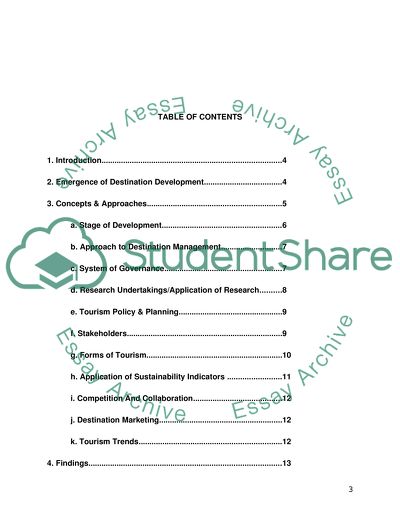Cite this document
(“Destination Development Essay Example | Topics and Well Written Essays - 3000 words”, n.d.)
Destination Development Essay Example | Topics and Well Written Essays - 3000 words. Retrieved from https://studentshare.org/tourism/1488283-destination-development
Destination Development Essay Example | Topics and Well Written Essays - 3000 words. Retrieved from https://studentshare.org/tourism/1488283-destination-development
(Destination Development Essay Example | Topics and Well Written Essays - 3000 Words)
Destination Development Essay Example | Topics and Well Written Essays - 3000 Words. https://studentshare.org/tourism/1488283-destination-development.
Destination Development Essay Example | Topics and Well Written Essays - 3000 Words. https://studentshare.org/tourism/1488283-destination-development.
“Destination Development Essay Example | Topics and Well Written Essays - 3000 Words”, n.d. https://studentshare.org/tourism/1488283-destination-development.


